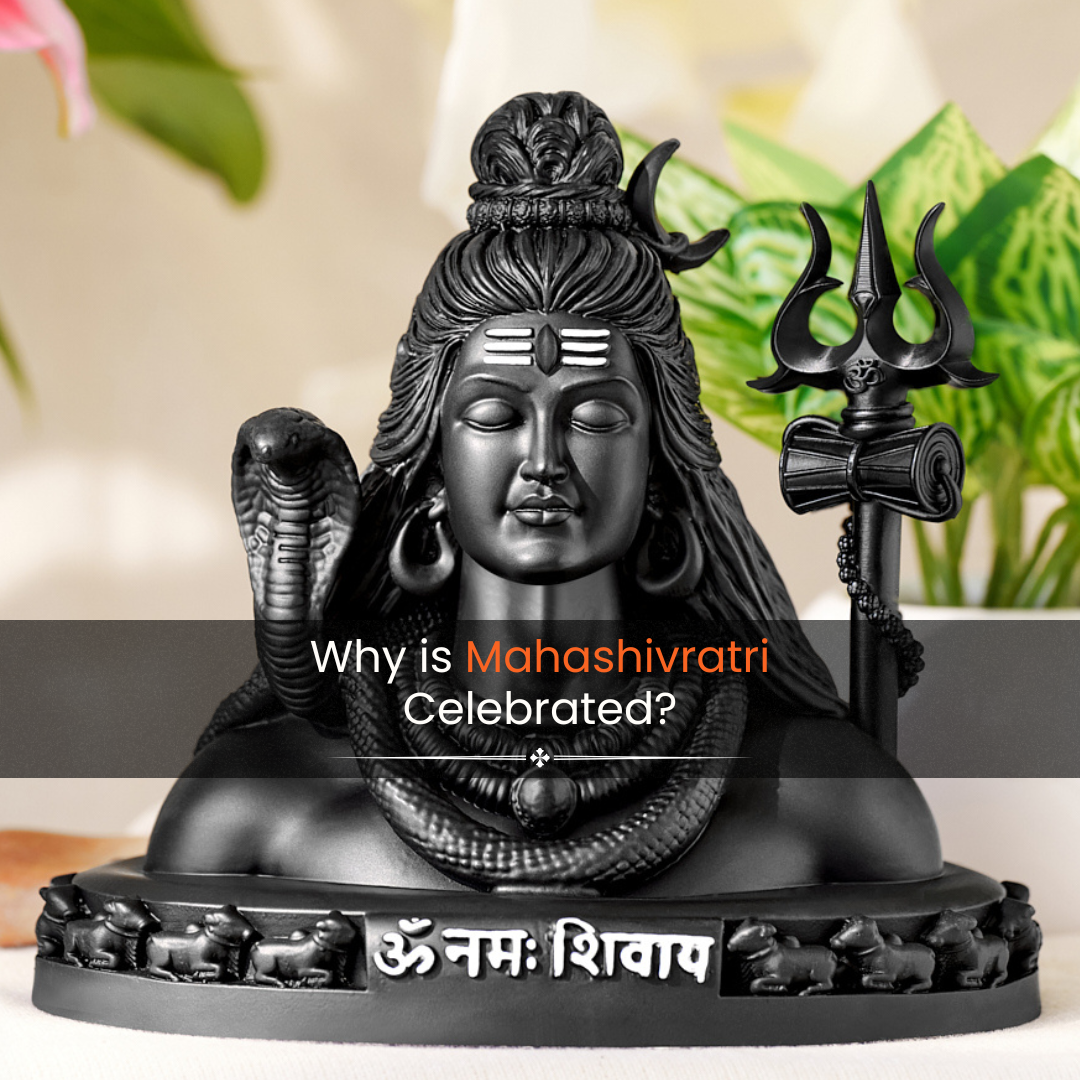
Why is Mahashivratri Celebrated?
divyMahashivratri is one of the most important Hindu festivals, celebrated in devotion to Lord Shiva. It is believed that on this night, Shiva and Parvati were married, and those who worship him with a pure heart receive his divine blessings. This sacred festival is observed with fasting, night-long prayers, and chanting, making it a spiritually enriching experience for devotees.
Mythological Stories & Beliefs
Mahashivratri is celebrated to mark one of the most significant events in Hindu mythology. According to ancient scriptures, on this divine night, Lord Shankar performed the cosmic dance of creation, preservation, and destruction, known as Tandava. It is believed that this celestial dance balances the energies of the universe.
Another legend states that Mahashivratri is the night when Lord Shiva married Goddess Parvati, symbolizing the union of Shiva (consciousness) and Shakti (power), which is considered the source of all creation. Devotees observe this festival with deep reverence, as it signifies the victory of spiritual wisdom over ignorance.
Additionally, some traditions believe that on Mahashivratri, Shiva manifested in the form of the Shiva Lingam, making it a powerful day for worship and seeking divine blessings.
Date, Puja Vidhi, and Significance
In 2025, Mahashivratri falls on February 26. The festival is observed across India and Nepal, with grand celebrations in temples like Kashi Vishwanath, Kedarnath, and Somnath.
Puja Vidhi (Rituals)
Devotees observe special pujas and offer milk, water, honey, bael leaves, and fruits to Shiva Lingam. Here’s how the Shivratri Puja is performed:
- Wake up early and take a holy bath.
- Observe a fast throughout the day.
- Visit a Shiva temple and offer prayers.
- Chant ‘Om Namah Shivaya’ throughout the night.
Perform Abhishekam (ritual bathing of Shiva Lingam) with milk, ghee, and honey.
Fasting on Mahashivratri: Rules, Benefits, and Best Foods to Eat
Fasting on Mahashivratri is considered highly auspicious, as it helps devotees purify their mind and body. Here are the fasting rules:
Fasting Rules:
- Strict fast: No food, only water or milk.
- Partial fast: Light foods like fruits, dry fruits, and sabudana khichdi can be eaten.
- Avoid grains, salt, and spicy food.
- Chant mantras and focus on meditation.
Health Benefits of Fasting on Mahashivratri:
- Detoxifies the body and improves digestion.
- Boosts mental clarity and spiritual connection.
- Enhances self-discipline and inner strength.
Best Foods to Eat During Mahashivratri Fast:
- Sabudana Khichdi or Kheer – Light and energy-boosting.
- Fruits and Dry Fruits – Provide essential nutrients.
- Coconut Water and Herbal Drinks – Keep the body hydrated.
- Milk and Dairy Products – Help maintain energy levels.
The Significance of Staying Awake & Chanting
Mahashivratri is known as the “Great Night of Shiva”, where devotees stay awake and chant prayers all night. The belief is that one who remains awake and prays with devotion receives divine blessings.
Why Do We Stay Awake?
- It symbolizes awareness and victory over ignorance.
- It is believed that Mahadev grants his devotees special blessings on this night.
- The cosmic energy is at its peak, making it the best time for meditation.
Mantras to Chant on Mahashivratri Night:
- “Om Namah Shivaya” – The most powerful mantra for devotion.
- Maha Mrityunjaya Mantra – Helps in overcoming fear and negativity.
- Shiva Panchakshari Mantra – Enhances peace and spiritual growth.
Conclusion
Mahashivratri is more than just a festival; it is an opportunity to connect with Lord Shiva, cleanse the soul, and seek divine blessings. By observing the puja rituals, fasting, and staying awake in devotion, one can experience spiritual awakening and inner peace.
May Lord Shiva bless you with happiness, health, and prosperity this Mahashivratri 2025!


















